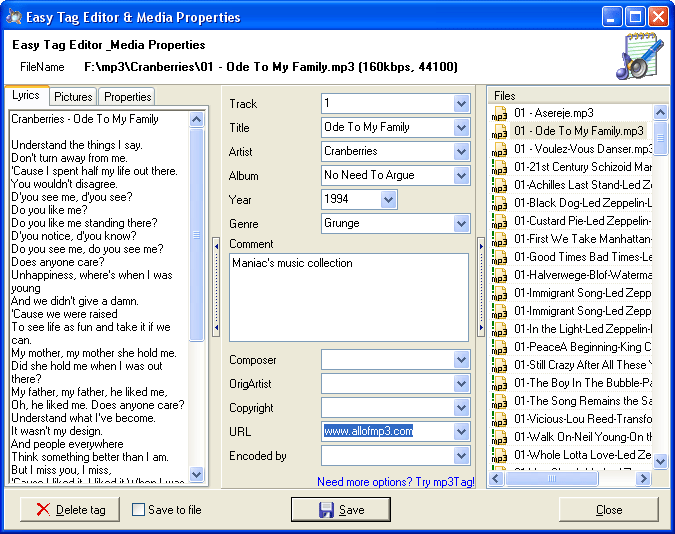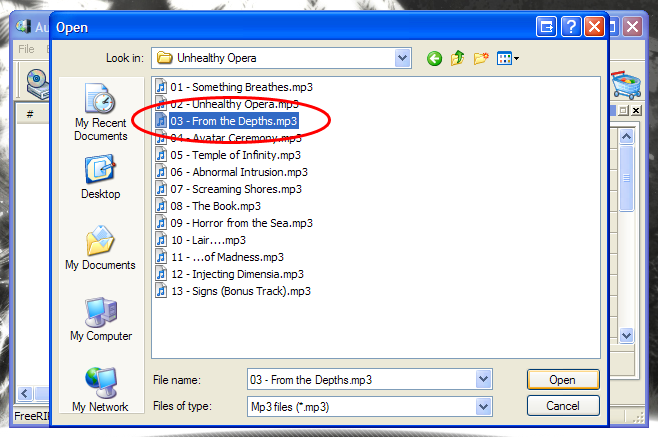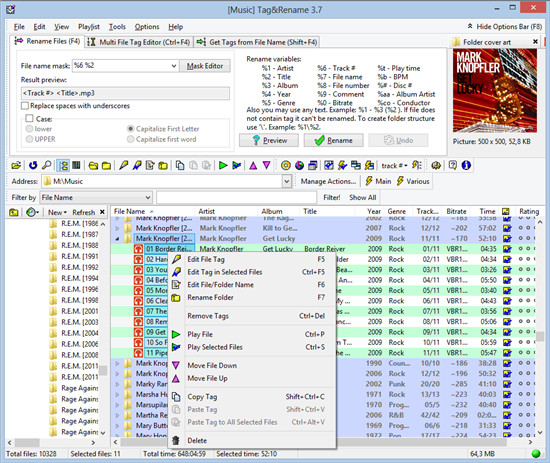


Consentīy using our website, you hereby consent to our Privacy Policy and agree to its terms.

#Mp3 tagger generator
Our Privacy Policy was created with the help of the Online Generator of Privacy Policy. This policy is not applicable to any information collected offline or via channels other than this website. This Privacy Policy applies only to our online activities and is valid for visitors to our website with regards to the information that they shared and/or collect in ONE TAGGER. If you have additional questions or require more information about our Privacy Policy, do not hesitate to contact us. This Privacy Policy document contains types of information that is collected and recorded by ONE TAGGER and how we use it. Tagger does, and for that I highly recommend it.At ONE TAGGER, accessible from, one of our main priorities is the privacy of our visitors. I typically rely on Rhythmbox to edit tags but I find it doesn’t always save the changes back to the file itself. In summary, I don’t need to do major editing of audio tags just a bit of metadata cleaning and tidying so, for my needs at least, Tagger fits the bill. It’s also available in the AUR for any Endeavour, Arch, Manjaro etc readers.
#Mp3 tagger how to
We have a guide on how to install Flatpak on Ubuntu should you need some help. The trick here is to hit shift + ctrl + o to open the file picker and select the corresponding JPG or PNG you want to use. Clicking on the album art field doesn’t do anything. It’s also not immediately clear how to add album art to selected track(s). This will deselect anything else currently selected.

The trick is to double click on a track in the sidebar. If you want to edit a track in the list individually it’s not immediately clear how to “unselect” other files. Hit the ‘cog’ icon to access Tagger’s preferences:īy default Tagger add tracks to your “currently editing” pool when you single click on them in the list.
#Mp3 tagger full
The first time you open Tagger you need to point the app at a folder full of music files you wish to edit.įrom there the UI is pretty self-explanatory: on one side you have a list of tracks on the other side are rows of editable tag fields.Īfter making your edits hit the “Apply” button in the toolbar to write the changes to the file(s).
#Mp3 tagger software
I’ve been curating summer mixtapes for friends (well mix SD cards since their cars don’t have tape players) and I’ve needed to do a bit of basic tag editing to make sure everything is correctly labeled.Ī ton of ace audio tag editing software exists for Linux, much of it open source.


 0 kommentar(er)
0 kommentar(er)
